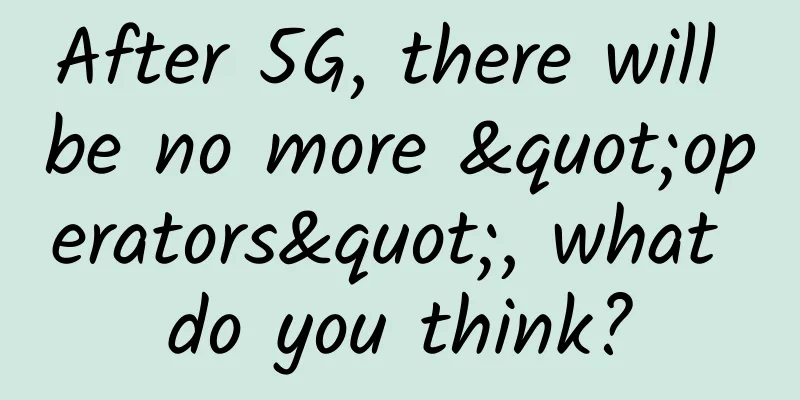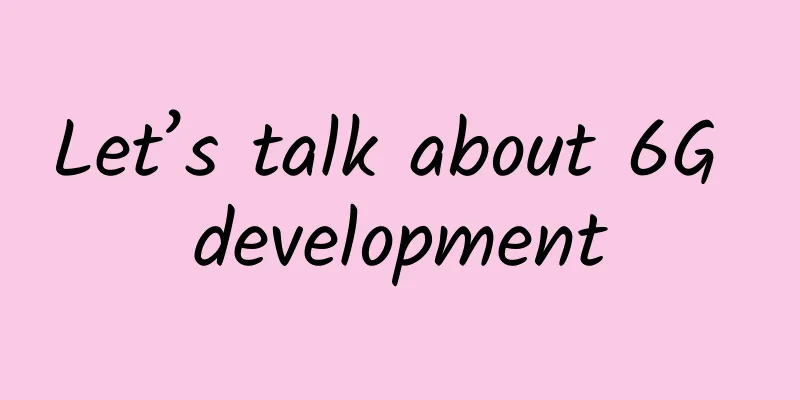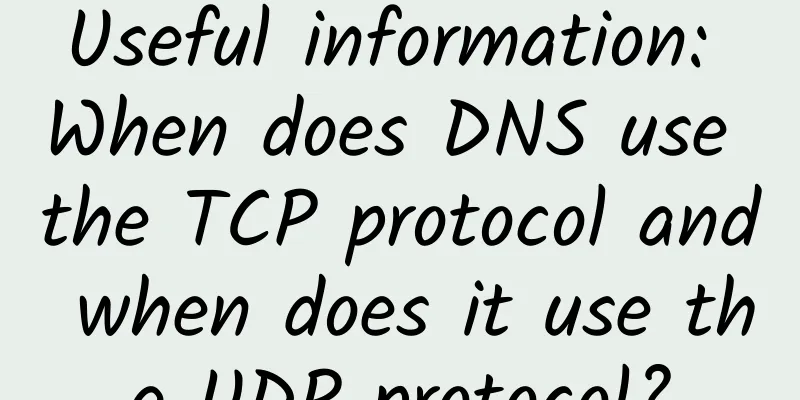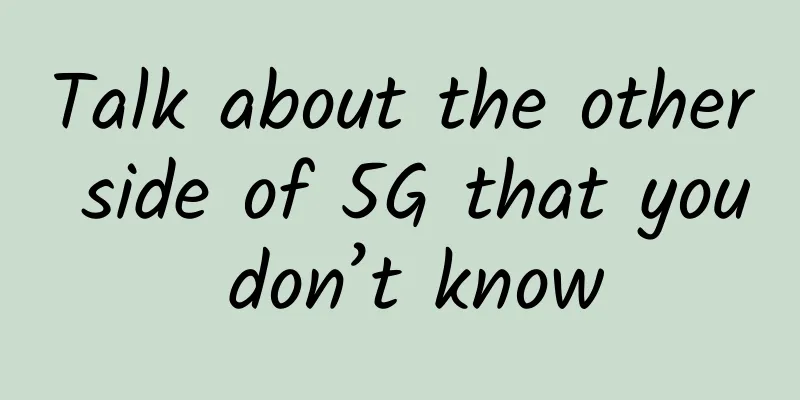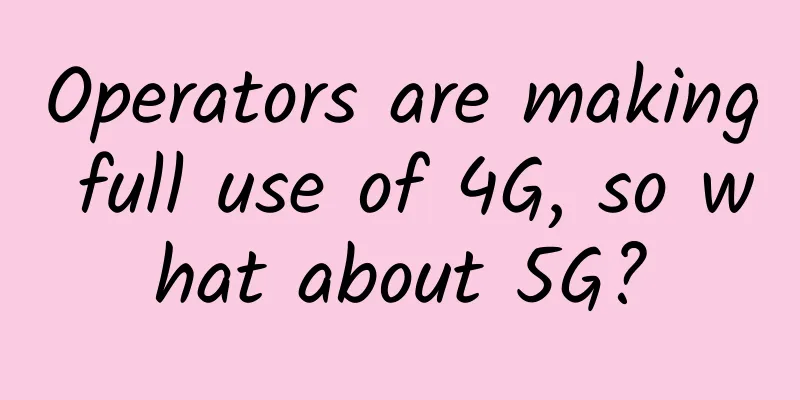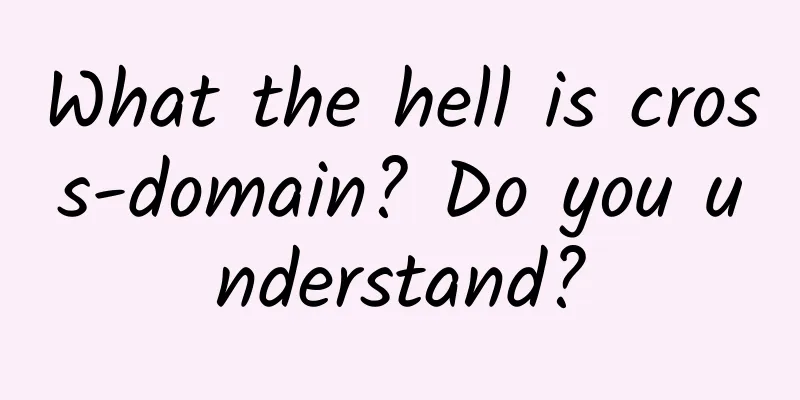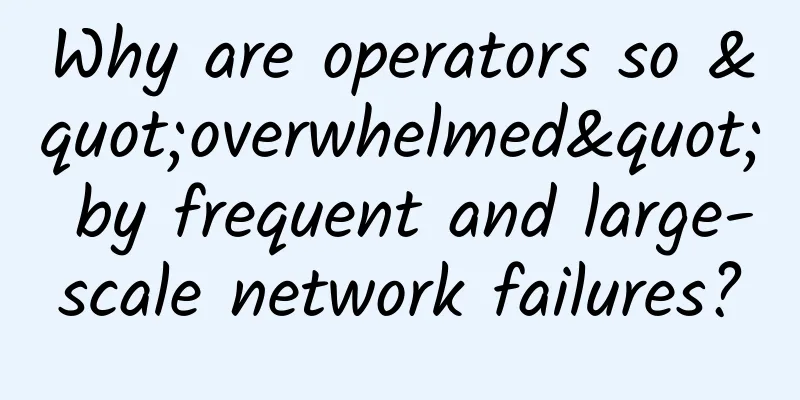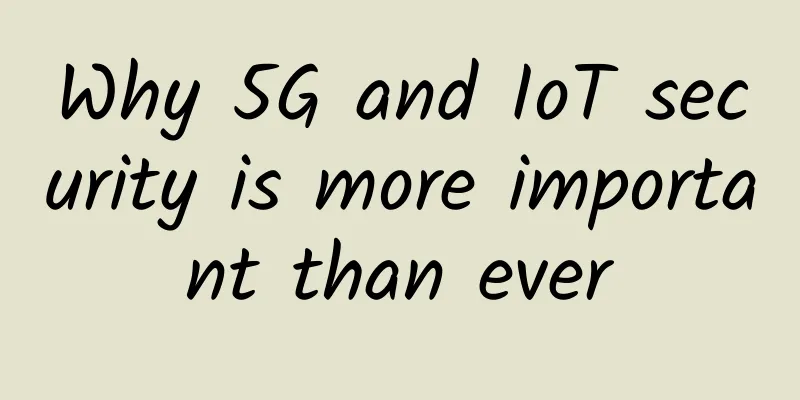Why does TCP need three handshakes and four waves?
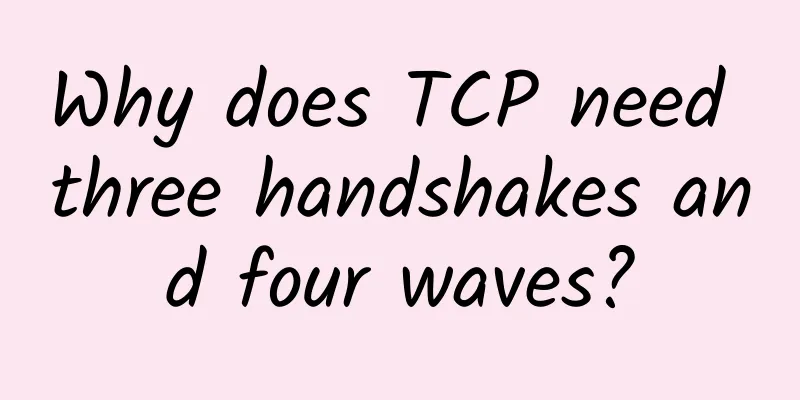
|
This article is reprinted from the WeChat public account "JS Daily Question", the author is Huihui. Please contact the JS Daily Question public account to reprint this article. 1. Three-way handshakeThree-way handshake actually means that when establishing a TCP connection, the client and server need to send a total of 3 packets. The main function is to confirm whether the receiving and sending capabilities of both parties are normal, and to specify their own initialization sequence numbers to prepare for subsequent reliable transmission. The process is as follows:
The purpose of each of the above handshakes is as follows:
Through the three-way handshake, it can be confirmed that the receiving and sending capabilities of both parties are normal. After that, normal communication can be carried out Why not a two-way handshake? If it is a two-way handshake, the sender can be sure that the information it sends can be received by the other party, and can also be sure that the packet sent by the other party can be received by itself, but the receiver can only be sure that it can receive the packet sent by the other party, but cannot be sure that the packet sent by itself can be received by the other party. In addition, if there are two handshakes, the client may send multiple request messages due to network congestion and other reasons. The delayed requests will establish a connection with the server, wasting a lot of server resources. Two or four wavesTCP terminates a connection, which requires four handshakes The process is as follows:
Four waves reason After receiving the Fin message from the client, the server will not close the connection immediately. Instead, it will send an ACK packet to inform the client that it has received the request to close the connection. Only when all the messages from the server have been sent will it send a FIN message to disconnect. Therefore, four handshakes are required. ConclusionA complete three-way handshake and four waves are shown in the following figure: References https://zhuanlan.zhihu.com/p/53374516 https://segmentfault.com/a/1190000020610336 |
<<: It will take time for 5G to achieve a breakthrough from "1 to N"
Recommend
Millimeter wave is imperative to unleash the full potential of 5G!
As my country's 5G network construction scale...
To accelerate the pace of digital transformation, the Ministry of Industry and Information Technology will issue three major policies
The epidemic has given rise to many new formats a...
RIP is the originator of dynamic routing. Although it is not used much now, you can learn more about it when you have time.
1. Introduction to RIP RIP (Routing Information P...
Performance: Network Communication Optimization and Communication Protocol
introduction Hi, everyone! I am Xiaomi, welcome t...
How to comprehensively and objectively evaluate the quality of 5G networks? This is the correct approach
As 5G commercialization continues to advance, the...
Who will pay for the 5G spectrum worth hundreds of billions of dollars?
[[384899]] This article is reprinted from the WeC...
How to set IP in CentOS9
Just for record, I found that there are still hug...
Three misconceptions about 5G
In late 2019, IDC predicted that the number of 5G...
What role can fiber optic technology play in education?
In the ever-evolving field of education, technolo...
Huawei Enjoy 10S new phone hands-on: OLED pearl screen + 48 million ultra-wide-angle AI triple camera, so good!
Huawei Enjoy S series has always been adhering to...
Have you used 5G? Wang Jianzhou: 6G network will be commercially available in 2030
According to Sina Technology, at the 2021 Technol...
FreeWheel Diane Yu: Gather the best people to do the happiest things
[51CTO.com original article] This is not the firs...
The three major operators collectively experienced a "late spring cold" in February: 4G business performance was poor and broadband market growth was weak
Perhaps it was because the performance in January...
Baidu cloud carnival/price guarantee 11.11, cloud server as low as 46 yuan/year
This year's Double 11 event started very earl...
China leads in 6G patent applications, satellite communication technology attracts attention
On April 26, the Intellectual Property Developmen...
